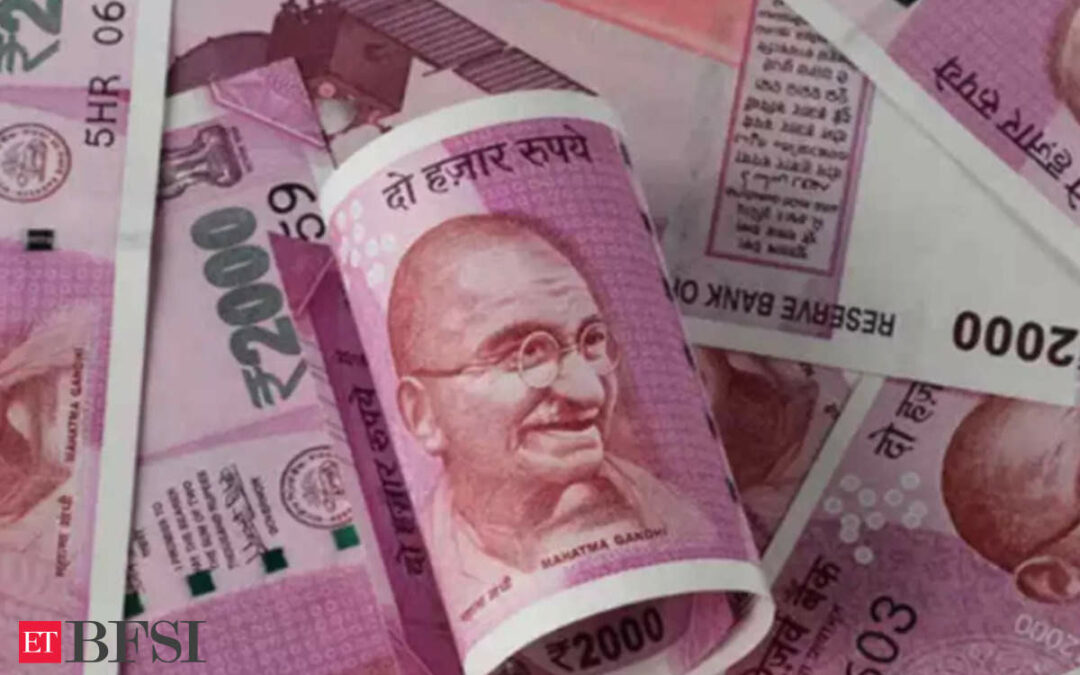The Indian rupee is within a whisker of a record low, but it’s still a favored emerging-market currency with some investors.
A reserves stockpile of $600 billion, more than $16 billion worth of foreign inflows for stocks this year and economic growth forecast at 6.5% are among the reasons behind the optimism for Neuberger Berman Singapore and Columbia Threadneedle Investments.
“The reserve number is very comfortable right now,” said Prashant Singh, senior portfolio manager for emerging-markets debt at Neuberger Berman Singapore, who favors the rupee. “Not only are the reserves high but the overall external balances profile has improved in the last couple of years.”
The improved economic fundamentals are why the currency is largely holding its own against the dollar — it’s down just 0.5% this year and is Asia’s third-best performer — when others from the Singapore dollar to the South Korean won have slipped more. That’s a far cry from the taper tantrum year of 2013, when the rupee plunged 11% with the nation struggling with a current account deficit and shrinking reserves.
The rupee closed at 83.1062 to a dollar on Friday, within striking distance of its record low of 83.2912 touched in October. Its volatility though dropped in June to the lowest since 2005. Most analysts forecast the currency will rise to 82 per dollar by end of 2023.Gaura Sen Gupta, an economist at IDFC FIRST Bank Ltd., is one of those who disagree. She points out that the rupee remains vulnerable to further depreciation pressure as interest rate differentials with the US are at historic lows, and predicts the currency will fall toward 84 in the coming months.
Still, India’s currency does have two other arguments in its favor. Its limited dependence on China, whose economy is stuttering, works in its favor as it’s less impacted than other EM currencies, said David Forrester, senior FX strategist at Credit Agricole CIB in Singapore.
Part of the rupee’s weakness stems from intervention by the Reserve Bank of India to build reserves, which explains why investors are shrugging off the decline. The central bank has taken advantage of the hot inflows into the nation’s stock market to build back its dollar reserves by selling rupee. It has also pledged to curb excess volatility.
“I expect RBI to continue with its intervention operations, which will keep the INR fluctuations narrow and relatively stable, presenting investors with a higher risk-adjusted return from the INR bond market,” said Lin Jing Leong, senior EM sovereign analyst at Columbia Threadneedle Investments.











